The ancient Acupressure Therapy discovered by the knowledgeable Sages and Ascetics is of great importance because it is based on the science of Spirituality. By applying pressure on specific body points that control the flow of chetana-shakti (Sentient energy), obstacles in its flow are eliminated and ailments overcome. This is the principle on which Acupressure Therapy functions.
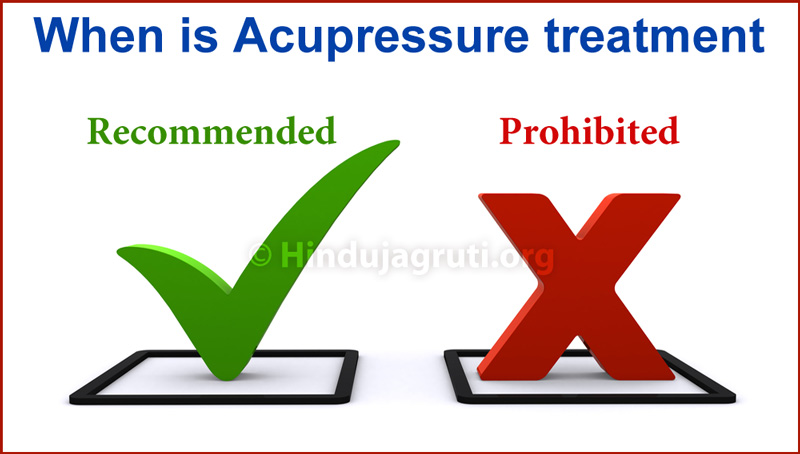
1. Getting treated with Acupressure Therapy
A. Timing of treatment
Chetana-shakti has a fixed path of flow through various organs, and its timings are different. If pain or disease associated with that organ is treated with Acupressure Therapy when chetana-shakti is flowing through that organ, the therapy is more effective. However, in reality, this is not always possible. That is why, this therapy can be performed any time.
B. What should be the period of treatment ?
-
The time period of the Acupressure treatment depends on the underlying cause of the treatment.
-
If a specific organ is not functioning normally or is diseased, then stimulate the point lightly and for a short period
-
If the treatment is only to overcome pain, then press the point forcefully.
-
During treatment, apply pressure on the required point for six to seven seconds (Approximately to the mental count of twelve). Then, release the pressure and stop for the same period. Repeat this process three to four times.
-
Generally, it is sufficient to take treatment in this manner one to three times a day. Once the condition improves, treatment may be continued on alternate days.
C. Period for which the therapy should be administered daily according to the age
| Age | Time ( Minutes ) |
|---|---|
| 1. New-born | 0.5 to 3 |
| 2. 3 to 6 months | 1 to 4 |
| 3. 6 to 12 months | 1 to 5 |
| 4. 1 to 3 years | 3 to 7 |
| 5. 3 to 12 years | 5 to 10 |
| 6. Children above 12 years or adults | 5 to 15, or if needed, more than this time |
D. When is Acupressure treatment prohibited ?
-
Immediately after a hot water bath
-
After intense exhaustion
-
After sweating due to hard work
-
When heartbeats are fast
-
When very hungry
-
Immediately after a meal (on a full stomach)
-
Immediately after medication
-
Over a wounded area
-
Over a fractured bone
-
If the neck vertebra is seriously injured
-
If suffering from sciatica
-
During pregnancy
E. When is Acupressure treatment recommended?
-
Half-an-hour after a hot water bath
-
When in a balanced state of mind
-
Two hours after a meal
-
Two hours after medication
F. State of the body during Acupressure Therapy
Acupressure Therapy can be administered in any state of the body; however, sitting posture is more convenient. The patient should be made to sit or lie down in a posture which he finds comfortable and which the therapist finds convenient for treatment.
G. Changes taking place on commencement of therapy
Upon commencing Acupressure Therapy, some may experience discomfort in the initial stages. Some get physical discomfort such as headache, cold or diarrhea, while others experience psychological discomfort such as uncontrollable anger or irritability. However, the discomfort automatically reduces after a few days. Such an individual does not think that he is sick, but realises that his body is getting cleansed. Some do not experience any kind of discomfort, meaning, there are no signs of body cleansing process. The individual undergoing this therapy should be made aware of this at the outset. Hence, if such discomfort is experienced, the individual is psychologically prepared and treatment is not interrupted.
Spiritual experience :
‘When I first started Acupressure Therapy, I experienced discomfort like giddiness, heaviness in the head, feeling unenthusiastic. After a few days, I began to feel better, the giddiness also subsided.’– Ms Swapnali, Miraj, Maharashtra.
Reference : Sanatan Sanstha’s Holy text ‘Acupressure therapy for common ailments‘

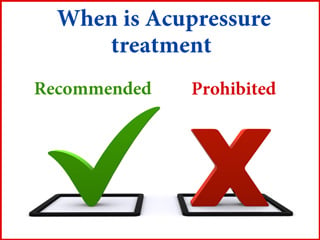
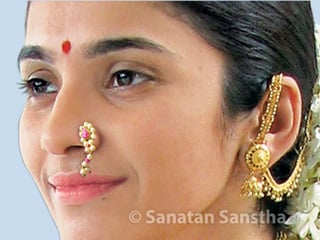 How does Acupressure work unknowingly through ornaments, objects or every action prescribed by Hindu Dharma
How does Acupressure work unknowingly through ornaments, objects or every action prescribed by Hindu Dharma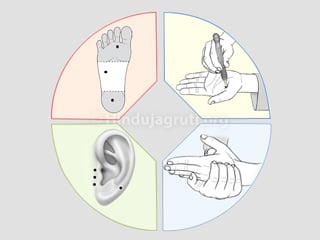 Why special importance is given to Acupressure points on the soles, palms, back of the hand and ears ?
Why special importance is given to Acupressure points on the soles, palms, back of the hand and ears ?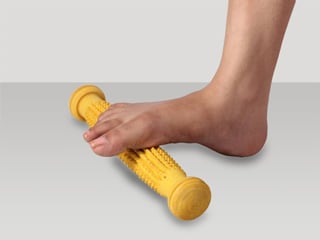 Practical suggestions about Acupressure Therapy
Practical suggestions about Acupressure Therapy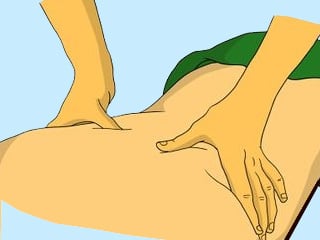 Acupressure Technique used in Acupressure Therapy
Acupressure Technique used in Acupressure Therapy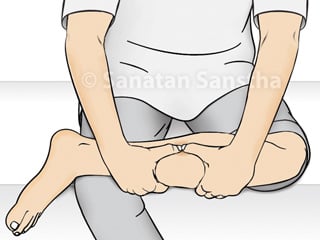 Extent of pressure to be applied on Pressure Points in Acupressure Therapy
Extent of pressure to be applied on Pressure Points in Acupressure Therapy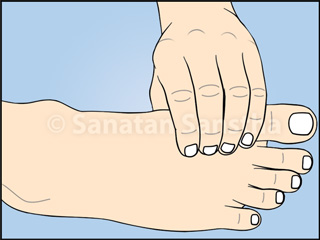 Identifying the exact Acupressure point on body
Identifying the exact Acupressure point on body